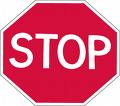
What does this sign mean?
A. Stop
B. Yield
C. Do Not Enter
D. Wrong Way
A. Stop
You must stop at least 3 seconds before continuing. (your car shoould look like this)
This is a 'No Phones Allowed' road sign.
A. True
B. False
B. False
This sign is referring to where phone lines are available.
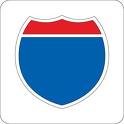 What does this sign mean?
What does this sign mean?
A. No Parking
B. Interstate Sign
C. Keep Right
D. Intersection
B. Interstate Sign

What does this sign mean?
A. School Zone
B. School Crossing
C. Pedestrian Crossing
D. No Passing Zone
A. School Zone
Indicating, you will need to slow down.
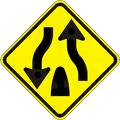
What does this sign mean?
A. Two-Way Traffic
B. Divided Highway Begins
C. Divided Highway Ends
D. Traffic Signal Ahead
C. Divided Highway Ends
It is always illegal to park:
A. across from a driveway
B. less than 1 foot behind another vehicle
C. in between two trees
D. within three feet of a fire hydrant
D. within three feet of a fire hydrant
The distance between a fire hydrant and a vehicle should never be closer than 15 feet. Parking on a fire hydrant will cost you $115 in fines, if you receive one.
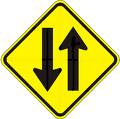
What does this sign mean?
A. Two-Way Traffic
B. Divided Highway Begins
C. Divided Highway Ends
D. Traffic Signal Ahead
A. Two-Way Traffic
Safety belts should be worn:
A. at all times as a driver and as a passenger
B. only when riding in the front seat
C. loosely on your lap
D. only when driving at higher speeds
A. at all times as a driver and as a passenger
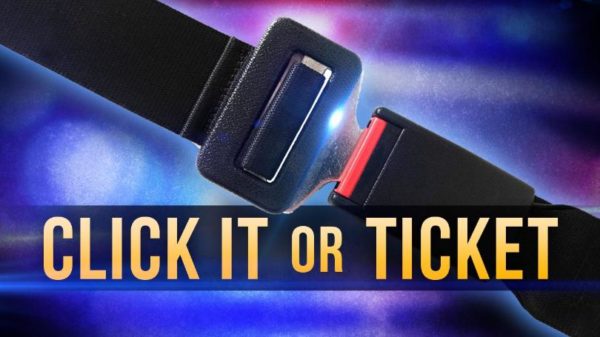
When passing another vehicle, you can exceed the posted speed limit:
A. when you are obstructing the passing lane
B. whenever you are passing a car
C. never
D. only when you are passing a group of cars
C. never
per the law, when passing another vehicle, you should never exceed the posted speed limit

When you see a "Road Work Ahead" sign you should:
A. be prepared to slow to the reduced posted speed limit
B. slow down and turn on your low-beam headlights
C. slow down to 10 mph below the posted speed limit
D. brake and be prepared to stop
A. be prepared to slow to the reduced posted speed limit
When a car with bright headlights comes toward you at night, you should:
A. watch the oncoming vehicle directly to ensure it doesn't cross into your lane
B. keep your bright lights on until the other driver realizes he's blinding you
C. look toward the left edge of your own lane
D. avoid looking directly into the oncoming headlights
D. avoid looking directly into the oncoming headlights
Scanning the road ahead for hazards helps drivers:
A. maintain a fixed stare
B. see other cars and people up ahead
C. see road signs, driving information, other cars and people ahead
D. see road signs or driving information
C. see road signs, driving information, other cars and people ahead
Which of the following statements about blind spots is true?
A. they are smaller on large trucks because they have bigger mirrors
B. they can be checked by looking in the rearview mirror
C. they are eliminated if you have one outside mirror on each side of the vehicle
D. large trucks have bigger blind spots than most passenger vehicles
D. large trucks have bigger blind spots than most passenger vehicles
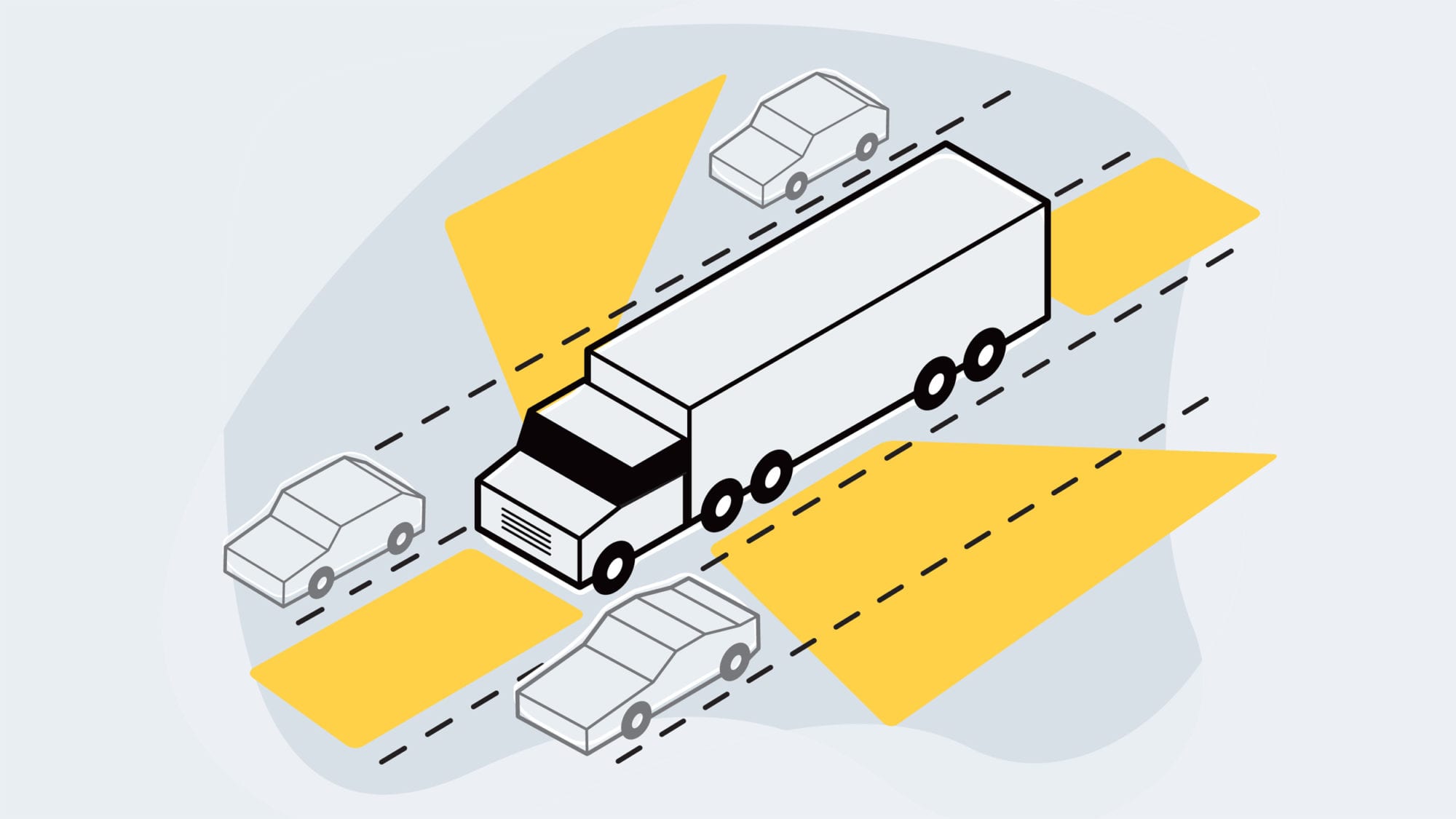
To safely navigate through a curve, you should:
A. maintain your regular speed if there is no other traffic
B. brake once you are in the curve to slow down
C. accelerate in the curve
D. slow down before entering a curve and avoid braking while in the curve
D. slow down before entering a curve and avoid braking while in the curve
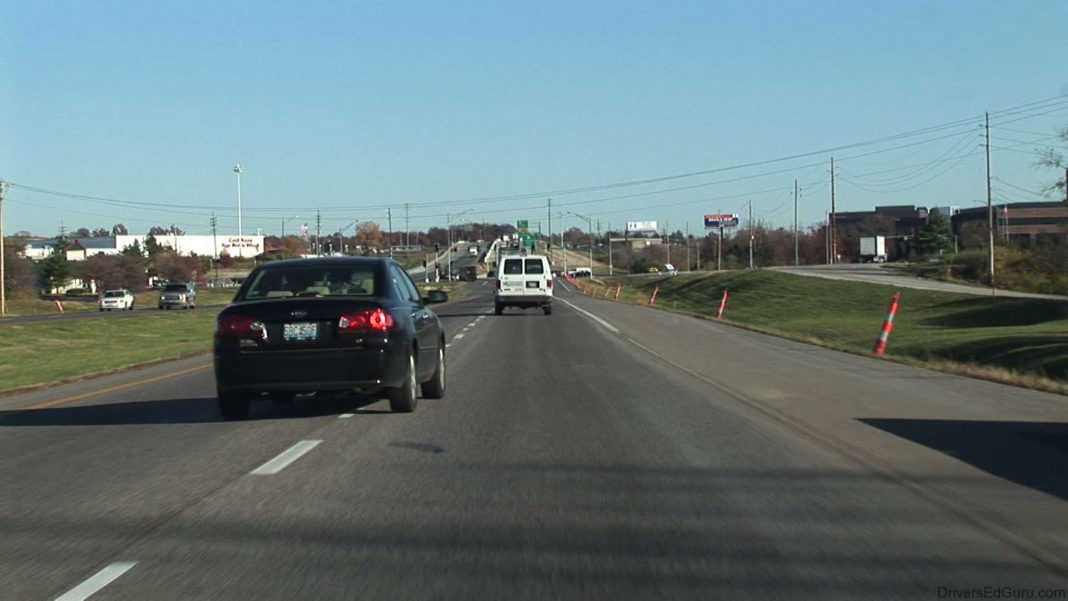
When you want to change lanes, you can see if another vehicle is in your blind spot:
A. only if you turn and glance over your shoulder
B. only if you check your rearview mirror
C. only if you check both mirrors
D. only if you check your sideview mirror
A. only if you turn and glance over your shoulder


When planning to make a left turn across an intersection and you are waiting in the middle of the intersection for the traffic to clear, your front tires should be turned:
A. to the left
B. it depends on the sharpness of the turn
C. straight ahead
D. to the right
C. straight ahead
Your front tires should be turned straight ahead.
When taking medication while driving, the most important thing for you to do is:
A. ask another person to ride with you
B. understand the effects of the medication and adjust your driving accordingly
C. make several rest stops along the way
D. eat a light meal
B. understand the effects of the medication and adjust your driving accordingly
You must notify DMV within 5 days if you:
A. Are cited for a traffic violation
B. Paint your vehicle a different color
C. Sell or transfer your vehicle
C. Sell or transfer vehicle
When you are driving on the freeway and the vehicle in front of you is a large truck, you should drive:
A. depends on the size of truck
B. close behind the truck in bad weather because the driver can see better than you
C. farther behind than you would for a passenger vehicle
D. no more than one car length behind so the driver can see you
C. farther behind than you would for a passenger vehicle
When parking on a hill:
A. keep your front wheels pointed forward
B. always turn your front wheels away from the curb
C. turn your front wheels into the curb only when headed downhill
D. always turn your front wheels into the curb
C. turn your front wheels into the curb only when headed downhill
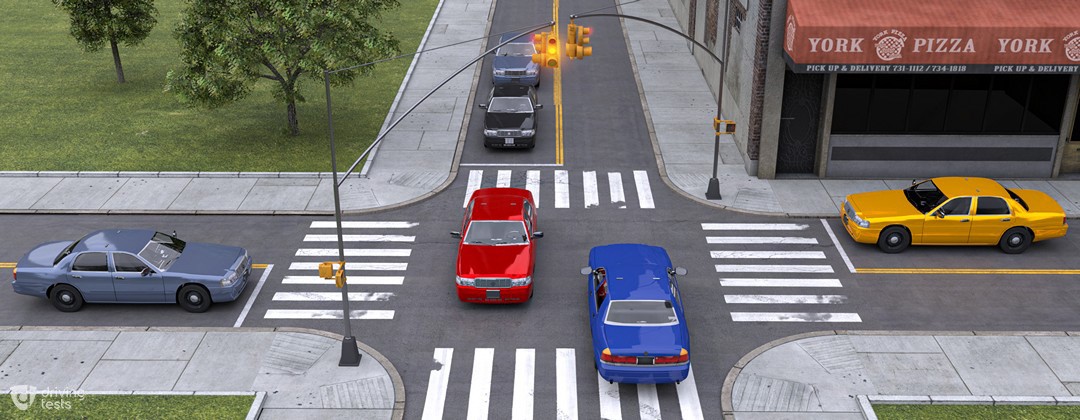 If you have entered an intersection to turn left and the traffic light changes to yellow, what should you do?
If you have entered an intersection to turn left and the traffic light changes to yellow, what should you do?
A. Turn Right
B. Go straight & make a U-turn
C. Turn Left
D. Stop & wait for the light to turn green
C. Turn Left
A steady yellow traffic light is a warning that the light is about to turn red. If you have already entered the intersection, you must follow through. Perform the maneuver you intended to make and clear the intersection safely.

When driving in foggy road conditions, you should:
A. turn on your high-beam headlights only if there is no other traffic
B. turn on your high-beam headlights
C. turn on your low-beam headlights
D. turn off your headlights
C. turn on your low-beam headlights
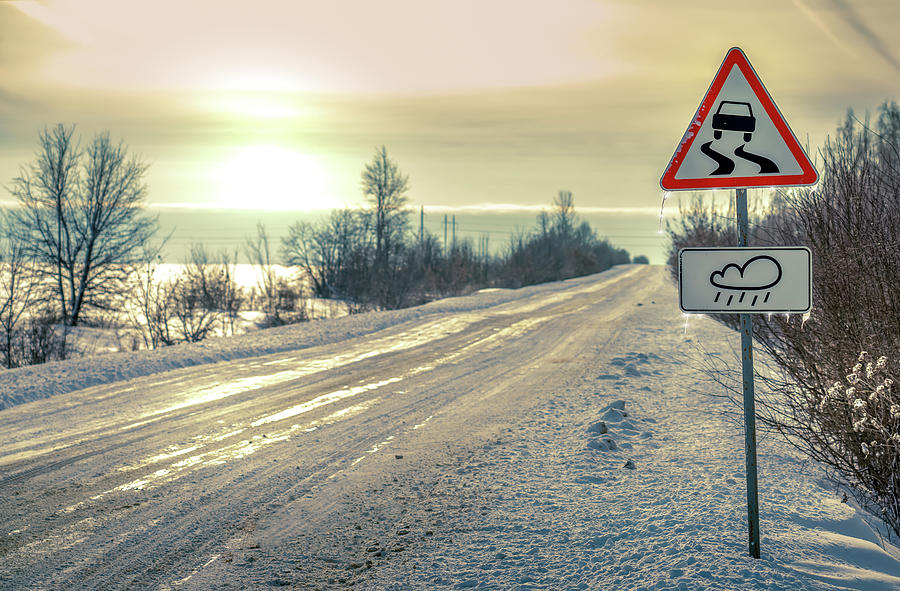
If your car begins to skid on a slippery surface, you should:
A. brake immediately and turn in the opposite direction of the skid
B. brake immediately and turn in the direction of the skid
C. take your foot off the accelerator and turn in the direction of the skid
D. take your foot off the accelerator and turn in the opposite direction of the skid
C. take your foot off the accelerator and turn in the direction of the skid
if you don't this could happen
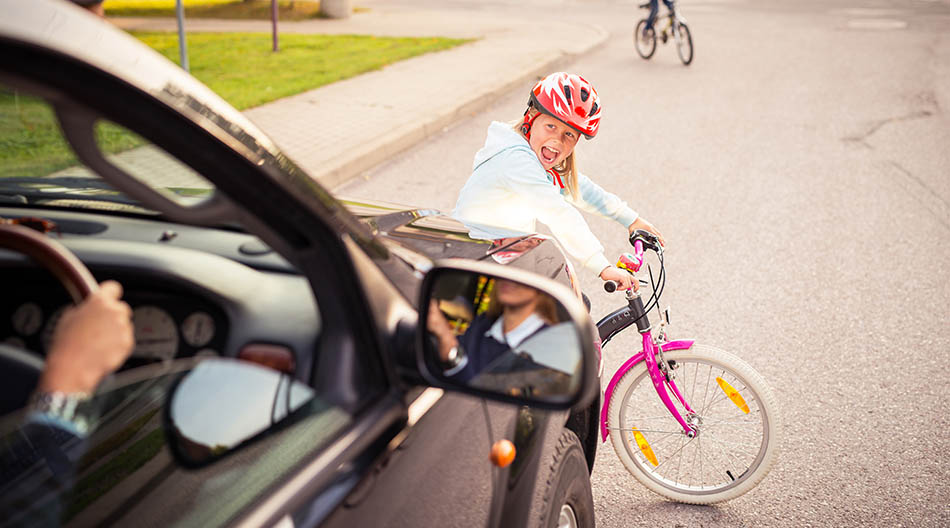
To stop in an emergency situation when your car does not have ABS brakes, you should:
A. lock up all the wheels to slow down your acceleration
B. gently pump your brakes to slow your vehicle
C. apply hard steady pressure without locking up your wheels
D. slam on your brakes
B. gently pump your brakes to slow your vehicle
When entering a freeway on an on-ramp, you should:
A. Cross as many lanes of traffic as possible as soon as you hit the end of the on-ramp.
B. Slow down to the point of stopping until you feel comfortable merging.
C. Slow down to the point of stopping until you feel comfortable merging.
D. Accelerate to match the speed of traffic and merge when safe.
D. Accelerate to match the speed of traffic and merge when safe.